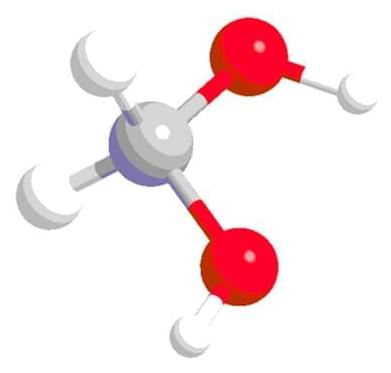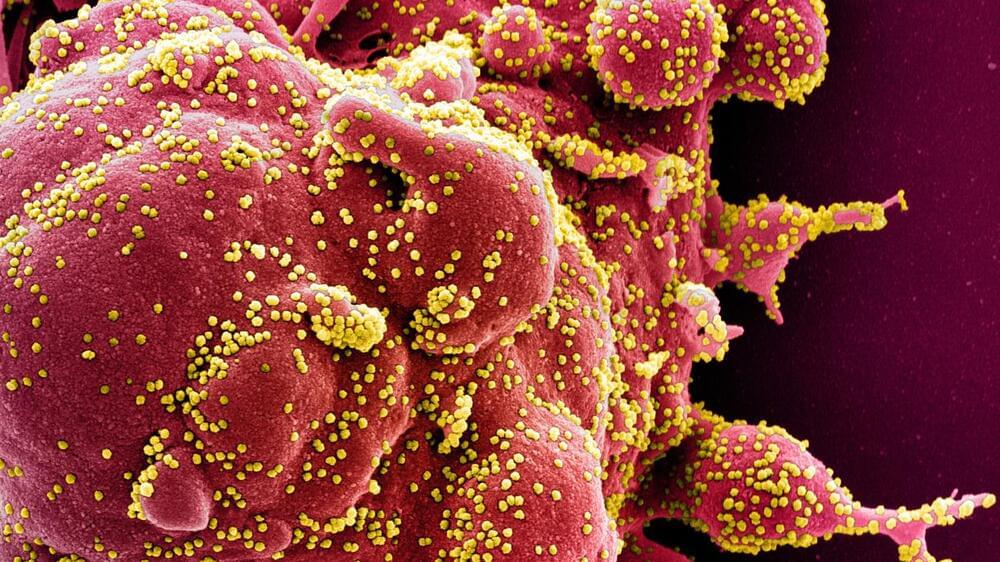Semiconductors have been red hot amid a global shortage. Here are some less expensive alternatives.



Taking it easy as you get older? Wrong.
Message of new Lieberman study: ‘Because we evolved to be active throughout our lives, our bodies need physical activity to age well.’
Just about everyone knows that exercise is good for you. Some people can even rattle off reasons it keeps your muscles and joints strong, and how it fights off certain diseases. But how many people can tell you the story of why and how physical activity was built into human biology?


An anonymous Canadian whistleblower from Vitalité Health Network, one of New Brunswick’s two health authorities, has said that more people are developing symptoms of a mysterious, degenerative neurological condition, according to The Guardian.
Speaking to the Guardian, an employee with Vitalité Health Network, one of the province’s two health authorities, said that suspected cases are growing in number and that young adults with no prior health triggers are developing a catalog of troubling symptoms, including rapid weight loss, insomnia, hallucinations, difficulty thinking and limited mobility.
Several new cases in New Brunswick involve caretakers of those afflicted, suggesting a possible environmental trigger.

Decisions, decisions. All of us are constantly faced with conscious and unconscious choices. Not just about what to wear, what to eat or how to spend a weekend, but about which hand to use when picking up a pencil, or whether to shift our weight in a chair. To make even trivial decisions, our brains sift through a pile of “what ifs” and weigh the hypotheticals. Even for choices that seem automatic—jumping out of the way of a speeding car, for instance—the brain can very quickly extrapolate from past experiences to make predictions and guide behavior.
In a paper published in January 2020, in Cell, a team of researchers in California peered into the brains of rats on the cusp of making a decision and watched their neurons rapidly play out the competing choices available to them. The mechanism they described might underlie not just decision-making, but also animals’ ability to envision more abstract possibilities—something akin to imagination.
The group, led by the neuroscientist Loren Frank of the University of California, San Francisco, investigated the activity of cells in the hippocampus, the seahorse-shaped brain region known to play crucial roles both in navigation and in the storage and retrieval of memories. They gave extra attention to neurons called place cells, nicknamed “the brain’s GPS” because they mentally map an animal’s location as it moves through space.

The previously elusive methanediol molecule of importance to the organic, atmospheric science and astrochemistry communities has been synthetically produced for the first time by University of Hawaiʻi at Mānoa researchers. Their discovery and methods were published in Proceedings of the National Academy of Sciences on December 30.
Methanediol is also known as formaldehyde monohydrate or methylene glycol. With the chemical formula CH2(OH)2, it is the simplest geminal diol, a molecule which carries two hydroxyl groups (OH) at a single carbon atom. These organic molecules are suggested as key intermediates in the formation of aerosols and reactions in the ozone layer of the atmosphere.
The research team—consisting of Department of Chemistry Professor Ralf Kaiser, postdoctoral researchers Cheng Zhu, N. Fabian Kleimeier and Santosh Singh, and W.M. Keck Laboratory in Astrochemistry Assistant Director Andrew Turner—prepared methanediol via energetic processing of extremely low temperature ices and observed the molecule through a high-tech mass spectrometry tool exploiting tunable vacuum photoionization (the process in which an ion is formed from the interaction of a photon with an atom or molecule) in the W.M. Keck Laboratory in Astrochemistry. Electronic structure calculations by University of Mississippi Associate Professor Ryan Fortenberry confirmed the gas phase stability of this molecule and demonstrated a pathway via reaction of electronically excited oxygen atoms with methanol.

We’re in a golden age of merging AI and neuroscience. No longer tied to conventional publication venues with year-long turnaround times, our field is moving at record speed. As 2021 draws to a close, I wanted to take some time to zoom out and review a recent trend in neuro-AI, the move toward unsupervised learning to explain representations in different brain areasfootnote.
One of the most robust findings in neuro-AI is that artificial neural networks trained to perform ecologically relevant tasks match single neurons and ensemble signals in the brain. The canonical example is the ventral stream, where DNNs trained for object recognition on ImageNet match representations in IT (Khaligh-Razavi & Kriegeskorte, 2014, Yamins et al. 2014). Supervised, task-optimized networks link two important forms of explanation: ecological relevance and accounting for neural activity. They answer the teleological question: what is a brain region for?
However, as Jess Thompson points out, these are far from the only forms of explanation. In particular, task-optimized networks are generally not considered biologically plausible. Conventional ImageNet training uses 1M images. For a human infant to get this level of supervision, they would have to receive a new supervised label every 5 seconds (e.g. the parent points at a duck and says “duck”) for 3 hours a day, for more than a year. And for a non-human primate or a mouse? Thus, the search for biologically plausible networks which match the human brain is still on.

US authorities asked major telecoms operators to hold off on their planned rollout of 5G networks for a second time, after aerospace giants Airbus and Boeing voiced worries about potential interference. US requests delay on 5G rollout amid air traffic concerns.
The rollout and delay represent financial problems for two key US industries.
The telecom operators that paid billions for frequency licenses are eager to launch the commercial use of the 5G technology.
On the other hand, the aviation industry fears potential problems caused by frequency interference that could have widespread ripple effects.
Sega demonstrates its PC’s performance on the race track.
Sega has worked closely with Intel and components maker ASRock on what might be “the world’s fastest PC,” by one metric or another.